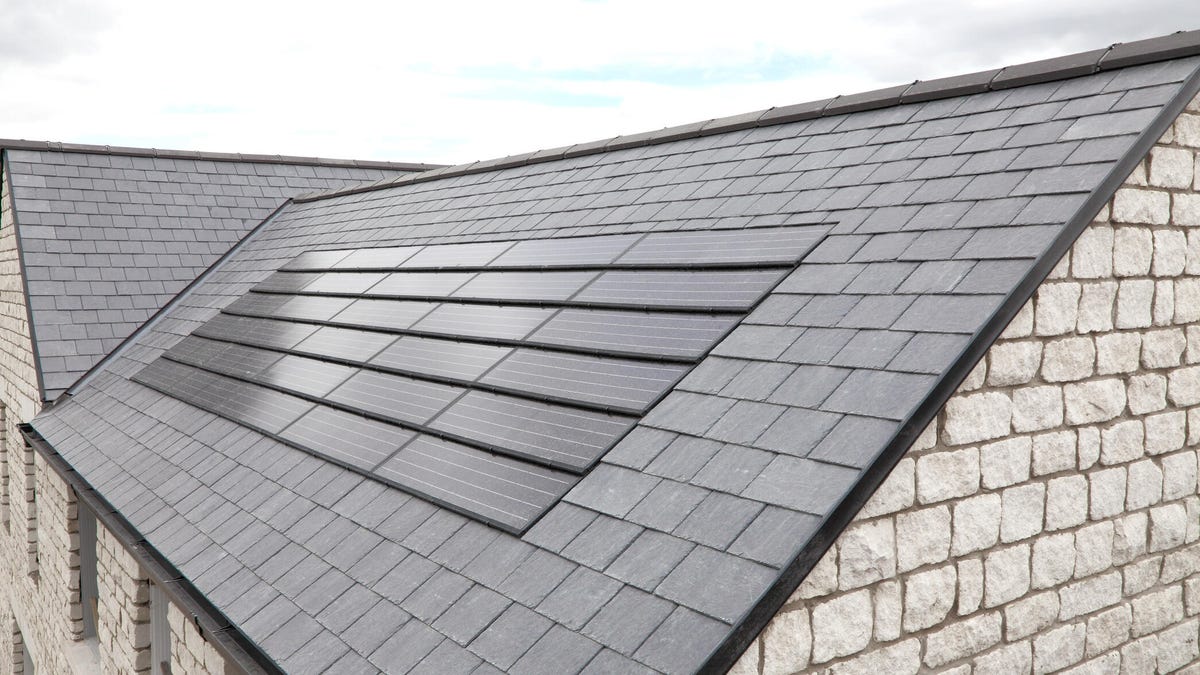I looked into this a little. A few months ago I bought a single solar shingle, they sell samples for just the cost of shipping.
Free Sample Solar Roof Shingles Tiles Stone Coated Metal Roof Building Materials Solar Energy Roofing Tile - Buy Bipv Bipv Solar Panel Solar Shingle Solar Roof Shingles Wholesale Solar Roofing Shingles Shingled Solar Panel Roof Solar Panel bipv Bipv Solar Panel Solar Shingle Solar Roof Shingles...
www.alibaba.com
At the time I think the board itself was free but shipping was $60. I never received it. It was lost in shipping but they were very aggressive in getting me my money back so there's that. It occurred to me later that I got the wrong kind of shingle. I have an asphalt shingle roof. I ordered a solar shingle meant for a slate roof.
After I got the refund the seller contacted me and said they've upgraded their offerings.
They now have one that's made for asphalt shingles but it looks hideous in my opinion.
Furthermore I just can't make the numbers work. It looks like $.9 per watt. That's not even factoring in the cost of shipping from China or the tax situation. It's pretty easy to get quality panels for $.33 per watt. The money I save by not buying shingles doesn't come anywhere near to making up the difference. So going this route actually costs a lot more money.
On top of that I really have to wonder how well these are going to work in ten years. There's no ventilation behind these things.
If you're bending into a higher end type of roof these might make sense. I haven't run those numbers since I don't have a high end roof. But if you look at the way these are installed then the slate style bipv shingles look like they have airflow behind them at least.




